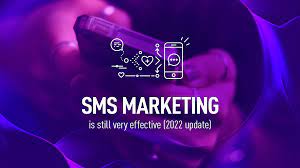While MP3 downloads enjoyed widespread popularity mina nawe revisit mp3 download throughout the 2000s, the music industry underwent another paradigm shift with the advent of music streaming services. Platforms like Spotify, launched in 2008, offered access to vast libraries of music for a monthly subscription fee or free with advertisements. Streaming services prioritized convenience and accessibility, allowing users to listen to music on-demand across multiple devices without the need for downloads or storage space.
The rise of streaming posed new challenges for MP3 downloads, as consumers increasingly favored the flexibility and variety offered by subscription-based models. Despite this shift, MP3 downloads retained a niche appeal, particularly for users who preferred to own and control their music libraries.
Modern Landscape and Legacy
Today, MP3 downloads coexist alongside streaming services as part of the diverse ecosystem of digital music consumption. While streaming dominates the market, MP3 downloads remain relevant for certain audiences and use cases. Independent artists, in particular, continue to rely on MP3 downloads as a means of distributing their music directly to fans.
Looking back, the evolution of MP3 downloads reflects the broader trajectory of digital technology and its impact on the music industry. From the disruption caused by peer-to-peer sharing to the convenience of legal download platforms and the ubiquity of streaming services, MP3 downloads have played a central role in shaping how we discover, access, and enjoy music in the digital age.
In conclusion, while MP3 downloads may no longer dominate the music landscape as they once did, their legacy persists as a testament to the transformative power of technology and the enduring desire for music lovers to connect with their favorite artists and songs in new and innovative ways.



